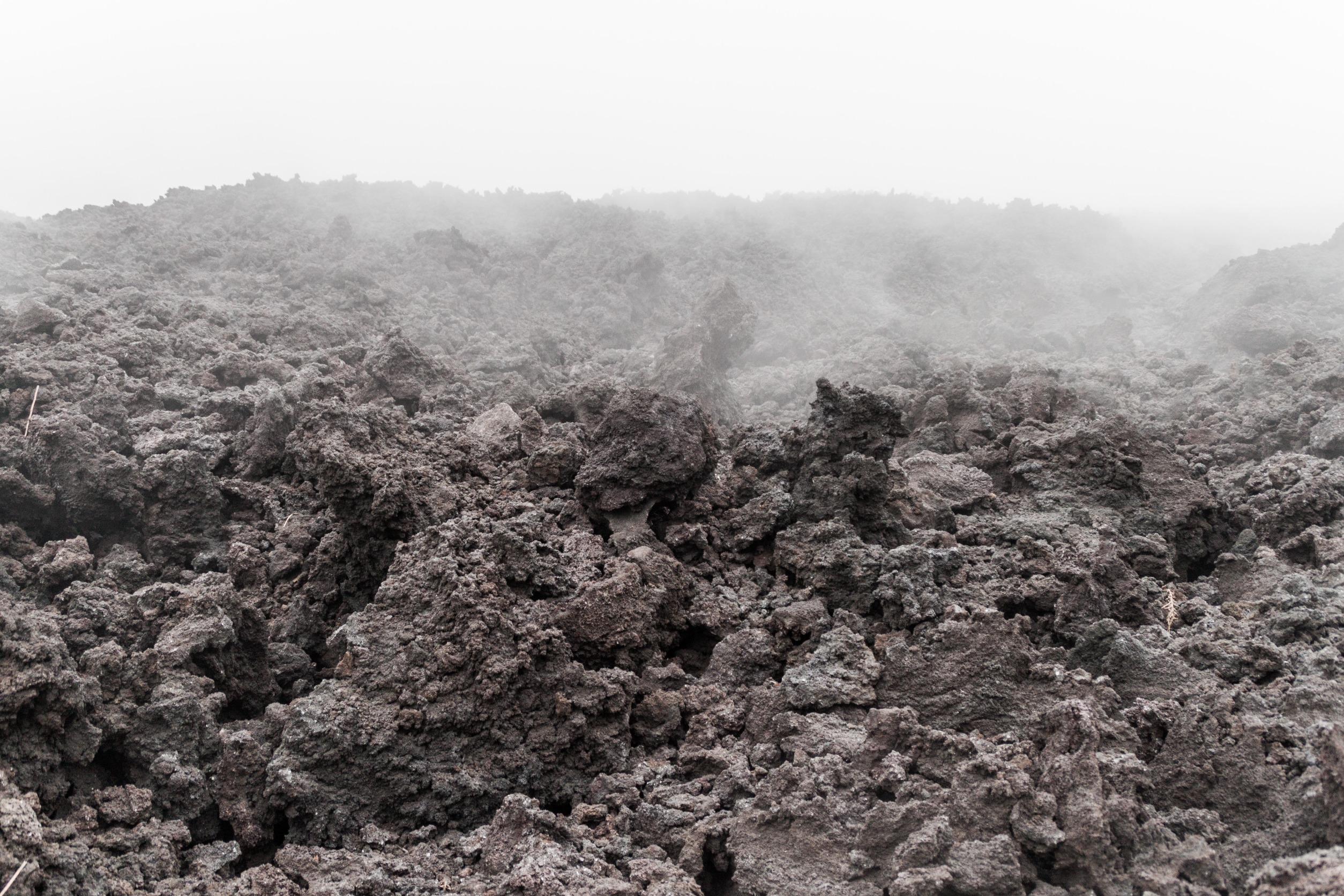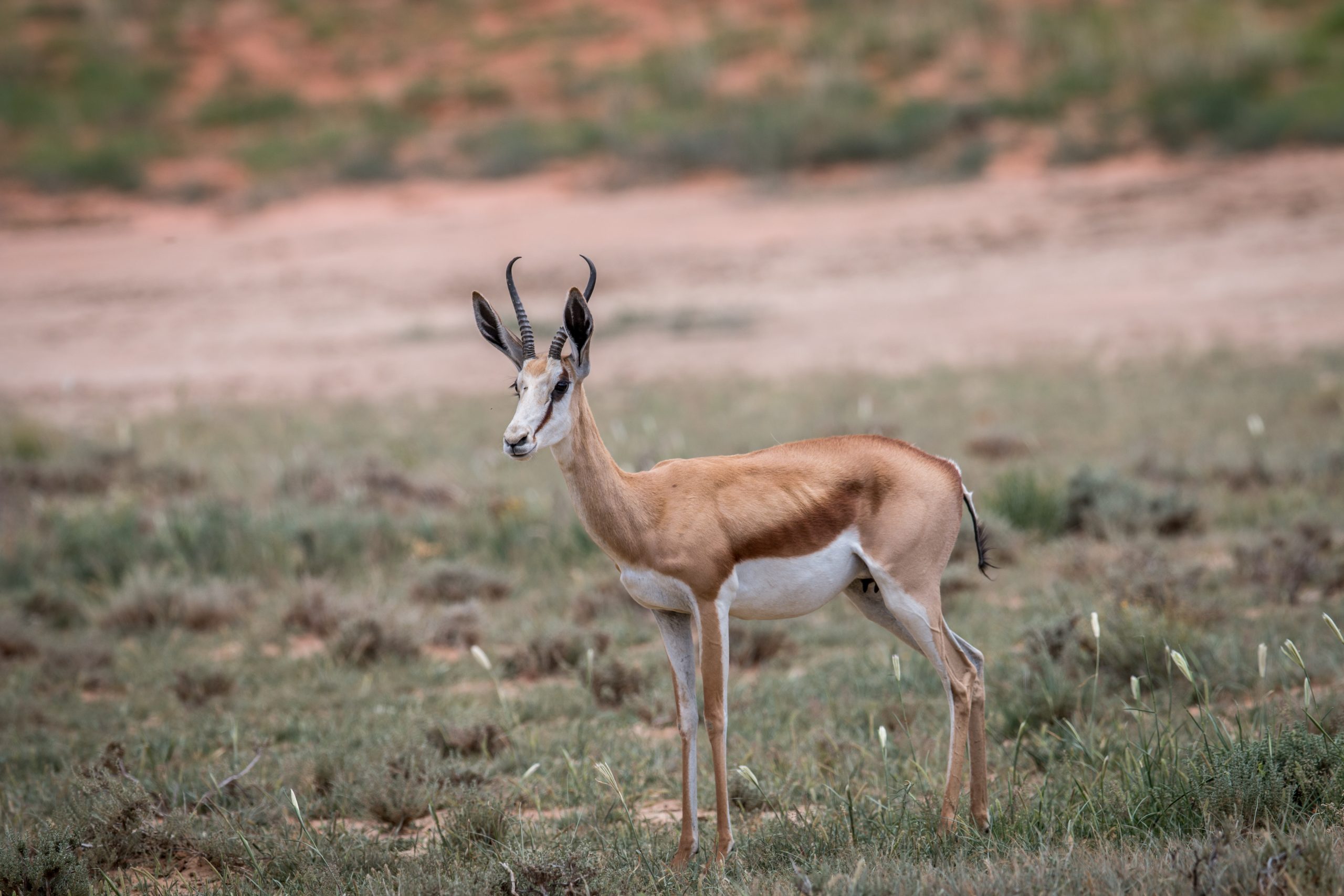Have you ever heard of the “marshmallow test?” It’s a type of experiment designed at Stanford in the 1960s by Walter Mischel to test whether human children have the self-control to wait for a better reward.
In essence, the children were given a choice between having one marshmallow now or waiting 15 to 20 minutes to get two. Their choice was thought to indicate their level of self-control, which was believed to reveal their intelligence and predict success later in life. Although recent research has cast doubt on the aforementioned hypothesis, the test can nonetheless shine a light on self-control, which is an important part of complex decision-making and planning for the future.
The marshmallow test has been applied to a number of animals over the years and was most recently applied to cuttlefish, marine invertebrates related to squids and octopuses. Impressively, the cuttlefish passed a marshmallow test set up by the University of Cambridge, putting the sea creature in the ranks of larger-brained vertebrates like great apes and parrots when it comes to how long they can delay gratification in order to get a better reward. The success of the cuttlefish also marks the first time an invertebrate was able to demonstrate self-control, according to research published in Proceedings of the Royal Society B.
The reward for the cuttlefish had to be modified from sweet snacks to meals, which they prefer more. More specifically, the cuttlefish had a choice between a preferred meal like grass shrimp or king prawn or a less preferred meal like Asian shore crab.
As described by Live Science, the cuttlefish was presented with two drawers. One that opened immediately with the less preferred meal and one that opened after a delay with the preferred meal. If they chose the first option, the second snack would disappear.
“Cuttlefish in the present study were all able to wait for the better reward and tolerated delays for up to 50-130 seconds, which is comparable to what we see in large-brained vertebrates such as chimpanzees, crows, and parrots,” said lead author Alex Schnell of the University of Cambridge. “Cuttlefish spend most of their time camouflaging, sitting, and waiting, punctuated by brief periods of foraging. They break camouflage when they forage, so they are exposed to every predator in the ocean that wants to eat them. We speculate that delayed gratification may have evolved as a byproduct of this, so the cuttlefish can optimize foraging by waiting to choose better quality food.”












